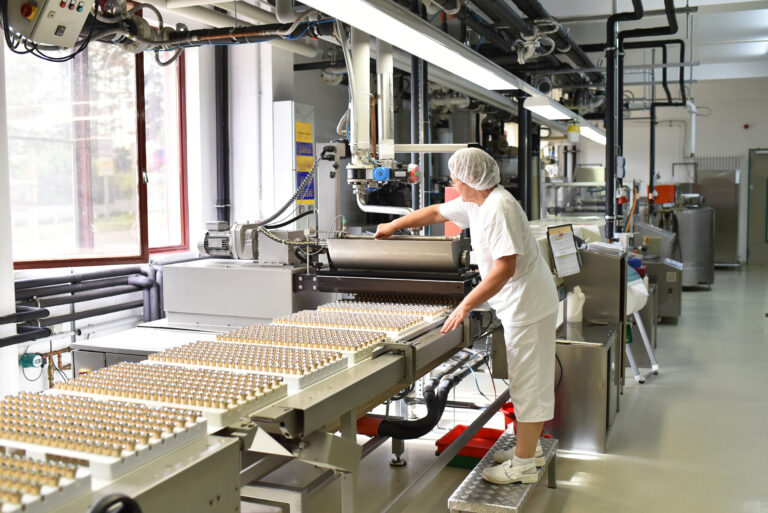Although FDA investigators are still more focused on inspecting for cGMP compliance, rather than conducting full Preventive Controls inspections, facilities are being written up for preventive controls inadequacies. In fact, in FY 2021, the top three reasons for 483s due to inspections of both human and animal food production facilities were (in varying order) a poor or inadequate hazard analysis, the lack of/misidentified preventive controls, and absence of a Food Safety Plan. As detailed by FDA at the 2021 FSPCA Annual Conference, the top three issues for each were:
Human Food
- Poor/Inadequate Hazard Analysis
- No Food Safety Plan
- Preventive Controls missing/improperly identified
Animal Food
- Preventive Controls not established
- Poor/Inadequate Hazard Analysis
- No Food Safety Plan
It should be fairly evident that the three are linked as the Food Safety Plan requires both a hazard analysis and the identification of preventive controls. And there may be even more linkage than some completely realize, as FDA’s tip based on inspections was that if facilities spend more time doing a proper Hazard Analysis, the rest of their Food Safety Plan would be more likely to be in compliance.
Although FSMA does not specifically define hazard analysis, FDA addresses this in draft guidance (Conducting a Hazard Analysis), stating it as “The process of collecting and evaluating information on hazards and the conditions leading to their presence to determine which hazards are significant for food safety and therefore should be addressed in a HACCP plan or food safety plan (FSP).” This is important because the hazard analysis is used to determine appropriate preventive controls and provide justification for your decisions. There is no specified format for the hazard analysis, however it must include the elements of hazard identification and hazard evaluation and must be prepared and overseen by a preventive controls qualified individual (PCQI).
While, again, not required, FDA also recommends that facilities conduct preliminary steps including: the assembly of a food safety team consisting of personnel from various departments with expertise in the facility’s day-to-day operations. Prior to beginning the hazard analysis, the team would describe each product, its distribution, intended use (which includes known and reasonably foreseeable), and consumer or end user; develop and verify a process flow diagram; and describe the process. Doing so enables an understanding of elements that may impact food safety. Recommending that a document be created to organize the hazard analysis, FDA provides a description and sample in the guidance.
There are two essential steps involved in conducting a hazard analysis: that is the identification of potential hazards and an evaluation to determine if each hazard requires a Preventive Control. Hazard identification must consider all hazards related to ingredients and to the process, as well as those that may be introduced from the environment. This could be conducted as a brainstorming session to generate a list of all biological, chemical, and physical hazards.
Once the hazards are identified, they must be evaluated to determine which would require a preventive control. This involves evaluating the severity and likely occurrence of each. Additionally, environmental pathogens must be considered for ready-to-eat foods that are exposed to the environment prior to packaging and which receive no further treatment. In any evaluation, factors that could impact the safety of the finished food on consumers must be considered including raw materials/ingredients; formulation; facility/equipment condition, function, and design; sanitation/employee hygiene; manufacturing/processing procedures; packaging/labeling; storage; distribution; transportation; intended or reasonably foreseeable use; and any other relevant factors.
Where some companies struggle is documenting why an identified hazard does not require a preventive control. Documenting your rationale behind such decisions is important because FDA inspectors may ask for the documentation, and you may need to defend it.
While this article provides a fairly simplified, high-level view of the requirements for the hazard analysis required by the Preventive Controls Rule, it provides a look at the complexity of the process – and, likely, the reason that “Poor/Inadequate Hazard Analysis” is at the top of the list of 483s for both human and animal food processing facilities. And FDA is focused on its exhaustive execution because, as the agency further states in the guidance, “If you do not conduct the hazard analysis correctly, and do not identify all hazards warranting preventive controls within the food safety plan, the food safety plan will not be effective in protecting consumers and preventing food safety issues, no matter how well your facility follows the plan.”
Don’t wait to get dinged by FDA for a poor or inadequate hazard analysis, or an incomplete or missing preventive controls or food safety plan. TAG experts can provide a complete evaluation – or assist in the development of – your hazard analysis, preventive controls, and food safety plan. Give us a call today!






